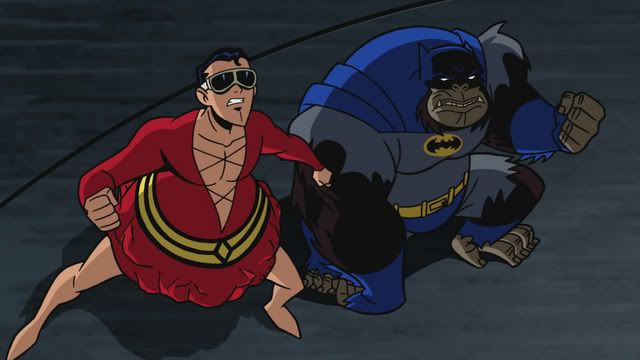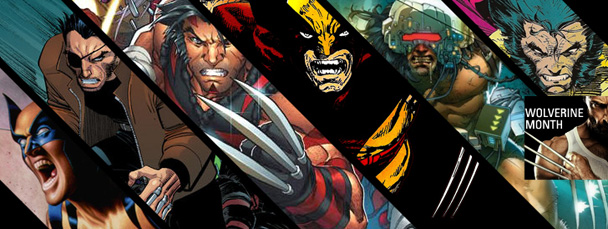The focus of this week's lectures and discussion was the idea of the Generic Cycle. In particular, looking at Wandtke's article Upon a Time Once Again, we saw an emphasis on the revisionist tendencies of the superhero genre. In looking for examples of revision, we saw immediately why the emphasis is the focus of superhero storytellers. The very act of creating a superhero is a form of revision.
For examples, we looked at our graphic novel. While one could easily point out that the return of heroes established in the mid 20th century is a revision, we looked at the specific characters and applied Wandtke's ideas to them. What we found was that three different types of revisionism exist in Agents; the revision of origin, the revision of ending, and the revision of identity.
By revision of origin, we mean that the character has been, or in our case could be, re-created without interrupting the canon. For the revision of origin, we looked at Ken Hale (Gorilla Man). In his origin story, he is cursed into becoming a gorilla by killing the previous Gorilla Man. As well, Ken states several times during the graphic novel that were someone to kill him, they too would take on his curse. This is an immensely powerful tool for revisionists as the character of Gorilla Man, be it Ken Hale or otherwise, could potentially go on forever. This trait also opens up the possibility of several different versions of Gorilla Man. Should, for example, a villainous character kill Ken Hale, the next Gorilla Man could potentially be a villain rather than a hero. This is an idea that could be played with in the further story of Agents, after the events of our film.
 |
| I know that Batman and Robin are DC, but I couldn't resist Robin in a dress. What if Batman killed Ken... |
By revision of ending, we mean that a character is brought to a point where the canon claims that they are dead and then a further storyline revives them or explains how they actually managed to avoid death. This type of revision is seen in Namora's involvement in our graphic novel. In her own canon previous to Agents, she was pronounced dead and it was intended for her to stay that way. However, Jeff Parker saw fit to bring her back from the dead by insisting that she was never really dead in the first place, but only appeared to be due to a telepathic field. To a minor extent, Jimmy Woo also fits into this category. However, we are hesitant to consider Woo a full revision as the circumstances of his “death” are presented as part of the self contained canon of the graphic novel in which is rebirth occurs.
Finally, by revision of identity, we mean that a character is revealed to be someone completely other to who they are said to be. This type of revision is seen most strikingly in the character Venus. It is assumed through the graphic novel that she is in fact the Greco-Roman Goddess Venus. However, she is revealed by Namora to be a siren who forgot her own identity and picked up upon the myth of Venus. This type of revision is effective as a way to change the past of a hero. With Venus, we see a complete disregard for the included origin story.
While it is fairly evident that revision is an essential part of the superhero genre, it is impossible for revision to exist without established conventions. This paradox was also a major point of discussion for our group. To this point, we came to the conclusion that revision exists as a convention of the superhero genre. This is seen in the film Kick-ass and the graphic novel Watchmen. In both cases, it is the presence of the conventions of the superhero genre within the diegesis that lead normal people to become superheroes. While Hollis Mason gets his inspiration to become the first Night Owl from the pulp comics of his day, Dave Lizewski gets his inspiration to become Kickass from graphic novels like Watchmen. This constant cycle of inspiration is an example of using the established conventions of previous superhero stories in a revisionist way.
 | | | | | | |
| Dave gathers inspiration at the comic book store. |
|
|
Kick-ass. Dir. Matthew Vaughn. Perf. Aaron Johnson, Chloe Moretz and Nicolas Cage. Marv Films, 2010.
Moore, Alan, and Dave Gibbons. Watchmen. New York: DC Comics, 1987. Print.
Parker, Jeff. Agents of Atlas. New York: Marvel, 2009. Print.
Wandtke. "Once Upon a Time Once Again." Wandtke. Once Upon a Time Once Again.pdf. Web. 12 Feb. 2011.

























